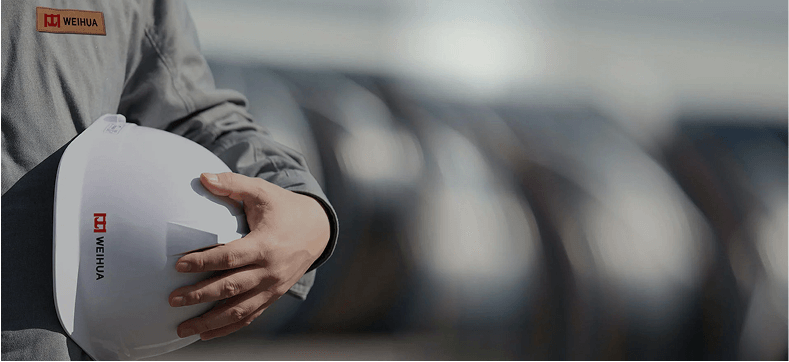Heavy-duty pulleys for cranes (also called heavy-duty pulleys or high-duty pulleys) are pulley assemblies designed for heavy loads, high frequencies, and harsh working conditions. They are usually used in lifting equipment in the fields of metallurgy, ports, mines, and large-scale engineering machinery. Its performance characteristics are mainly reflected in high strength, high wear resistance, and high reliability to meet the requirements of heavy-duty working systems (such as M6M8).
High load-bearing capacity
High material strength: alloy steel (such as 42CrMo, 35CrMo) or special cast iron is used, and quenching and tempering heat treatment is performed to improve tensile strength and fatigue life.
Large diameter design: The pulley diameter is usually ≥20 times the wire rope diameter (D≥20d), which reduces the bending stress of the wire rope and prolongs its service life.
High safety factor: A safety factor of ≥5 times is used in the design to ensure safety under extreme loads.
Wear resistance and long life
Pulley groove hardening treatment: high-frequency quenching, carburizing quenching or surfacing wear-resistant layer (such as high chromium alloy) is used to improve the rope groove hardness (HRC5060) and reduce wire rope wear.
Impact resistance: suitable for frequent braking and impact loads (such as metallurgical casting cranes) to prevent pulley cracking or deformation.
Special coating: in corrosive environments (such as ports and chemicals), galvanized, stainless steel or nylon coating is used to improve corrosion resistance.
Low friction and high efficiency
High-quality bearings: rolling bearings (such as spherical roller bearings) are used, with low friction coefficient and efficiency of more than 95% (sliding bearings are only 85%-90%).
Lubrication optimization: equipped with automatic lubrication system or long-term grease (such as lithium-based grease) to reduce maintenance frequency.
Low resistance design: the pulley groove adopts precision machining + polishing to reduce the sliding friction of the wire rope.
Structural optimization
Double-plate structure: Enhance the lateral rigidity of the pulley to prevent deformation (applicable to large-tonnage cranes).
Anti-slot design: Install a rope stopper or rope pressure device to prevent the wire rope from slipping out of the groove (such as mandatory requirements for metallurgical cranes).
Balance pulley (double pulley block): used for bridge and gantry cranes to ensure that the wire ropes on both sides are balanced and avoid eccentric loading.
Maintenance and inspection
Regular inspection: Monitor pulley groove wear (depth ≤10% rope diameter), bearing clearance, cracks, etc.
Non-destructive testing: Use magnetic particle testing (MT) or ultrasonic testing (UT) to ensure that there are no internal defects.
Replacement standard: When the pulley groove wear exceeds 30% of the wire rope diameter, or cracks appear, it must be replaced.
